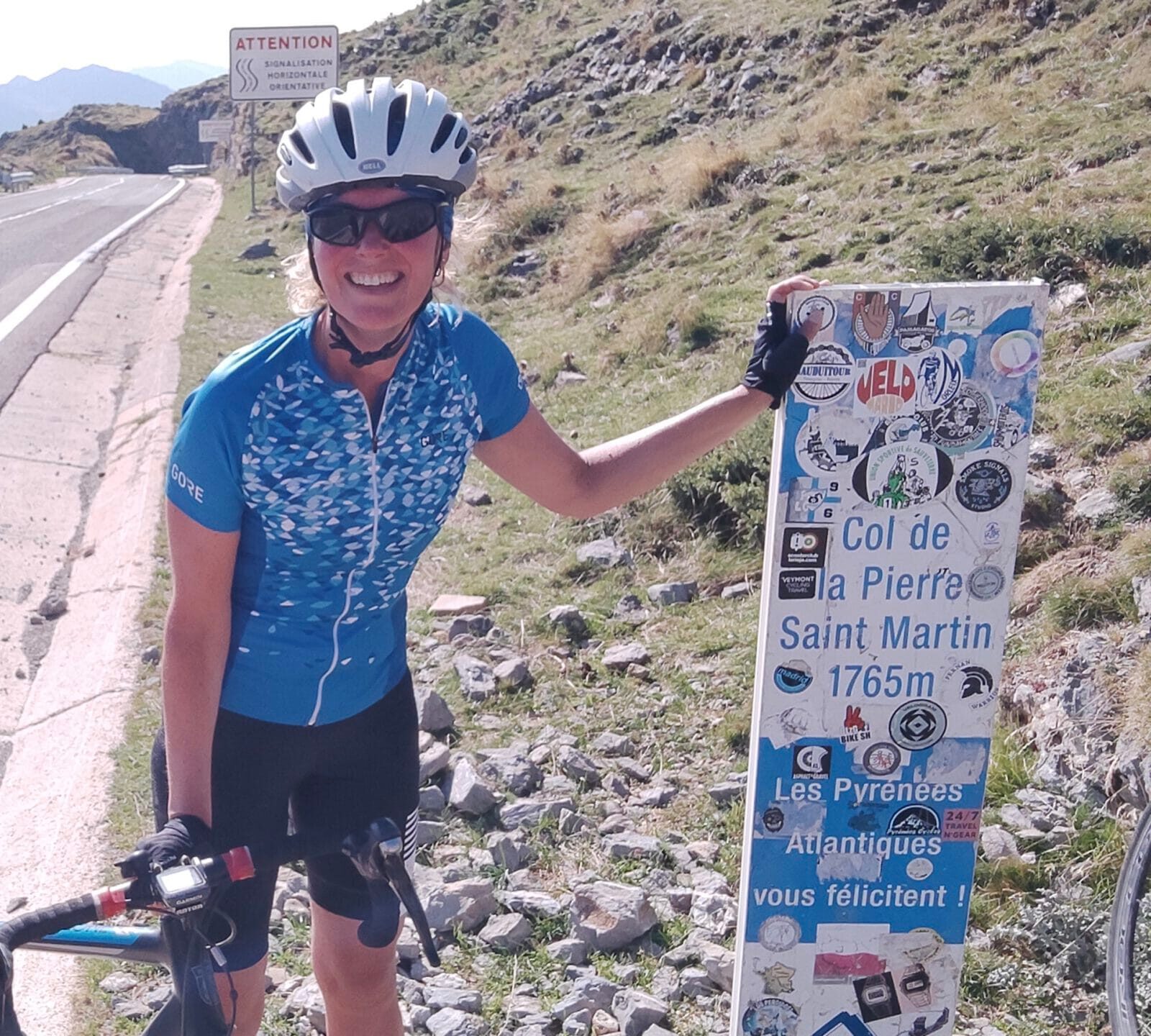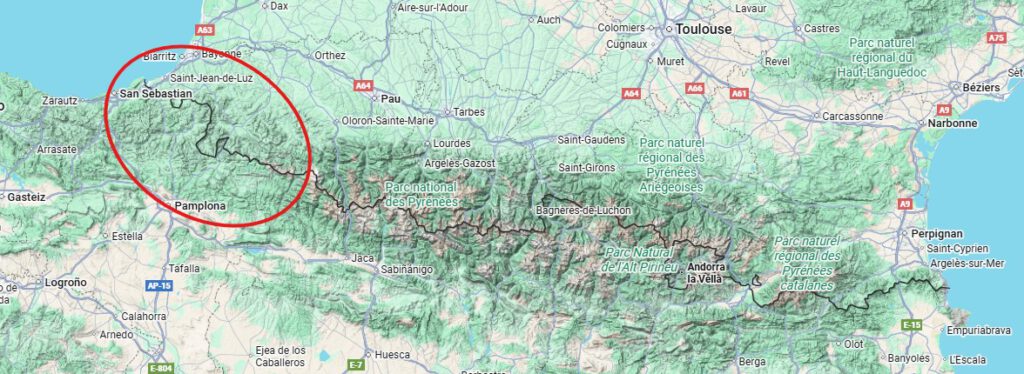Best Route, Roads and Tips for an Unforgettable Ride in France and Spain
Introduction
In the last couple of weeks, we have been exploring new Spanish and French roads in the western Pyrenees. Where we noticed quite a few remarkable things. And here we want to share our experience with you.
Quick summary: Perfect climbs for every level, fairytale “Hobbit” landscapes, safe cycling in Spain, and – surprisingly – a colder welcome in France.
Topography
In France, the western Pyrenees are called Pyrénées Atlantiques. And on the Spanish side, the land is known as Pirineos Occidentales. This section of the mountain range stretches from the Atlantic Ocean all the way to the Col d’Aubisque.
But today, we zoom in on the Basque Pyrenees, which lie within the Greater Basque Country – roughly from the Atlantic to the Col de la Pierre Saint-Martin.
Here we found lush, hilly peaks and rolling valleys everywhere, making it a region suitable for all cycling levels. Around the Col de la Pierre Saint-Martin in the east, the climbs are the toughest. They start gently and end steeply, often after long and quiet roads through thick forest. Closer to the coast, the hills are more forgiving, but the busy traffic and constant ups and downs create a different kind of challenge.
People and Culture
While cycling, we rarely have enough breath to talk to the locals. But off the bike, we always enjoy interacting with people – even if it’s not always easy in the Pyrenees.
Both sides of the border share a strong local identity, and that shows in the people. At first, encounters often felt a little reserved. Whether we were in France or Spain, there was a quiet distance in the beginning. But when we gave it some time or made the first move, we discovered the warmth that lies underneath.
We’ve seen this again and again. Like the older French man who stopped to help us with a flat tyre, or the local in Pamplona who pointed us to the best bike shop (which turned out to be his friend’s). The list is endless.
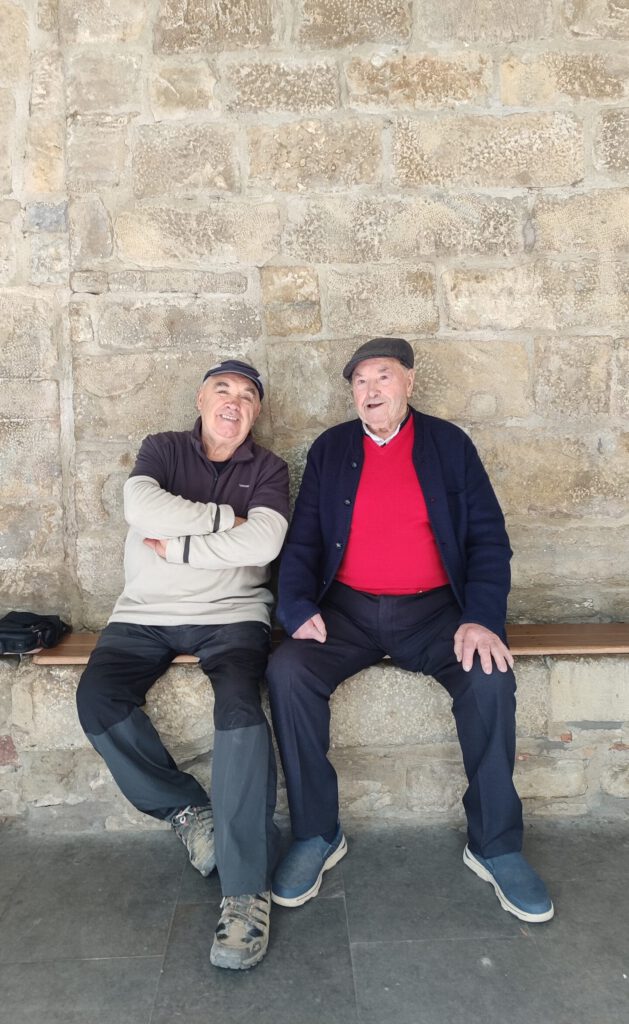
The language barrier plays a role. Not many locals seem to feel comfortable speaking English, especially outside tourist towns. So speaking a few words of the local language helped us a lot. Our French is decent, and we noticed that even a short conversation in French changes everything. Suddenly, people open up and become genuinely friendly.
In Spain, it’s the same story. The first reaction seems cautious, but a “Hola, buenas” or “por favor” works wonders – especially when they notice our Spanish is worse than their English 😉. And we noticed that many Northern Spanish people do speak a bit French. Once they saw us trying, they were almost always welcoming and kind.
Overall we can say that the quiet, genuine warmth is what gives the Basque Pyrenees their special atmosphere. This goes for both France and Spain. But, like the climbs, we needed to put in some effort to get there.
Roads and Riding Conditions
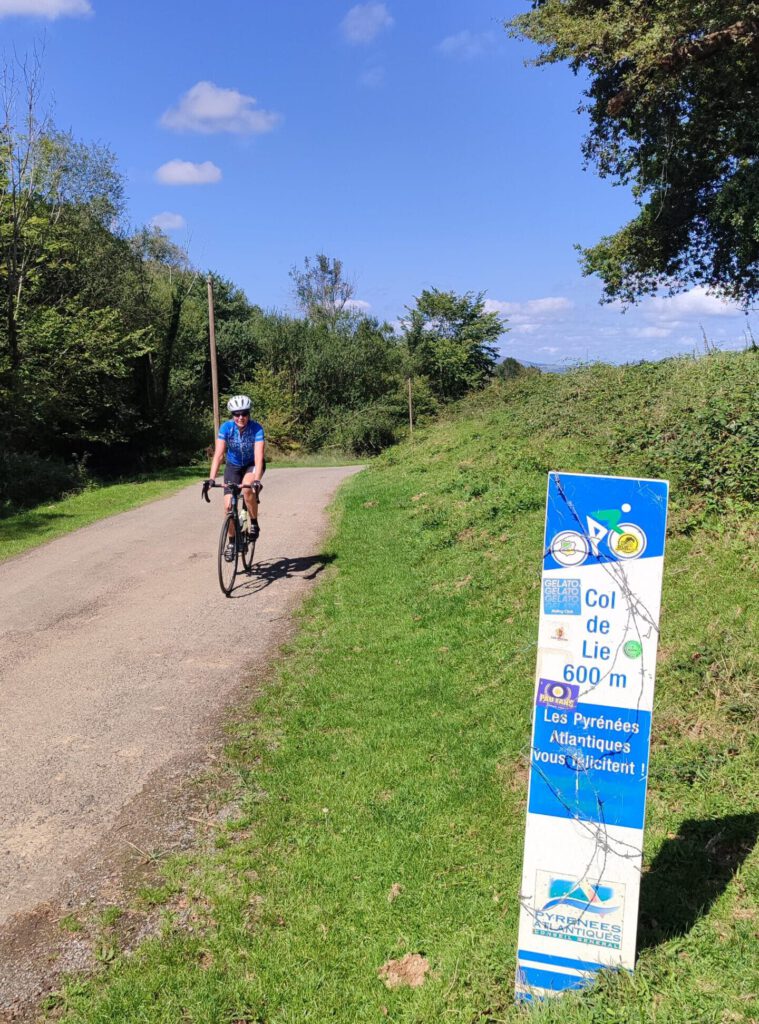
We discovered a clear contrast between the Spanish and French sides of the border – both with their positives and negatives. Let’s have a look.
In France, the roads are generally decent, though often a bit narrow. Asphalt quality varies, especially around Saint-Jean-de-Luz, where we found rough surfaces full of patchwork repairs and speed bumps. We’re still recovering from that…
And as in most of the country, the French side has plenty of tarmac roads, even in the countryside. This makes it easy to plan and connect routes.
Spain, on the other hand, still has many gravel or dust roads in rural areas, which makes creating round trips more challenging. But the main roads are outstanding – wide, smooth, and often with a generous shoulder that feels almost like a bike lane. In this case we thank the province of Navarra for investing in infrastructure.
Of course, not everything is perfect. East of Pamplona, for example, we found a 15 km stretch of “cobbled” asphalt that felt like riding Paris–Roubaix in miniature. Ouch…
So yes, both road systems have their benefits and drawbacks. Once you know how to work with them, you can turn them to your advantage – and we can help you do just that.
The Cycling Experience
For us, great mountain cycling comes down to three main things:
✅ Smooth asphalt (who doesn’t like that?)
✅ Plenty of resources (food and water)
✅ Safe drivers (you will be surprised)
The asphalt we already covered. As for food and water, we found plenty of both. Each country has many free water taps and restaurants, especially in villages and tourist areas. We used two bottles each and never felt the stress of searching for water.
Then there’s the driver safety. Unfortunately, we had several uncomfortable experiences with French drivers in this region. Many overtook just before blind corners or passed dangerously close. We had to squeeze our brakes quite a few times to avoid worse. This surprised us because we’ve cycled in France for years without seeing behaviour like this before. It really made us feel unwelcome.
I even wrote to the local French Office de Tourisme to share our concerns. Hopefully things improve, because cycling in France should feel safe everywhere – but we haven’t received a response yet.
On the Spanish side, it felt completely different. Drivers gave us space and time, even on narrow roads and climbs. The combination of wider tarmac and respectful driving made a big difference. We felt safe and welcome, which is surprising considering we sometimes had to ride on busier roads to find good asphalt.
We’re still trying to understand why Spanish drivers are the most gentle road users we have encoutered. We see it all over the country. And we’ll surely write another blog once we find out.
When to Go
— The Basque Pyrenees are green for a reason – they get plenty of rain. But that’s also what keeps the landscape so lush and alive —
Like everywhere in the Pyrenees, we advise May to mid-October for the best cycling;
- Spring (May–June) brings bright green hills, waterfalls, and mild temperatures. Ideal for long rides.
- Summer (July–August) offers warm, dry weather but also more traffic, especially near the coast. Start early to enjoy quieter roads and cooler temperatures.
- Autumn (September–October) is our personal favourite: calm, golden light, warm enough to ride in short sleeves, and fewer tourists.
Winter has its charm too, but many higher passes can be cold, closed, or foggy.
Just be aware that, in every season, the weather can change fast. And the higher up in the Pyrenees you are, the quicker it can turn and the worse it can get. But hey, we prepare, take shelter and enjoy the adventure.
In our experience spring and autumn are the best seasons to ride the Basque Pyrenees. The temperatures are mild, the air is clear, and the colours are stunning.
🌄 Our Top Tips
During our explorations we found a few highlights worth adding to your route:
- ☕ Saint-Jean-de-Luz – perfect for a seaside coffee stop and people-watching
- 🏙️ Pamplona – absolutely worth visiting, but better off the bike
- 🏔️ Col de la Pierre Saint-Martin – a hidden gem with top asphalt and great views
- 🐑 Sorogáin Valley (south–north) – pastoral beauty with free-roaming animals
- 🌿 The three amazing gorges – Foz de Lumbier, Foz de Arbaiun, and Foz de Burgui
- 🌉 Route de Sainte-Engrâce – dramatic gorges and breathtaking scenery
And we know many more – just reach out and we’ll help you plan your perfect route.
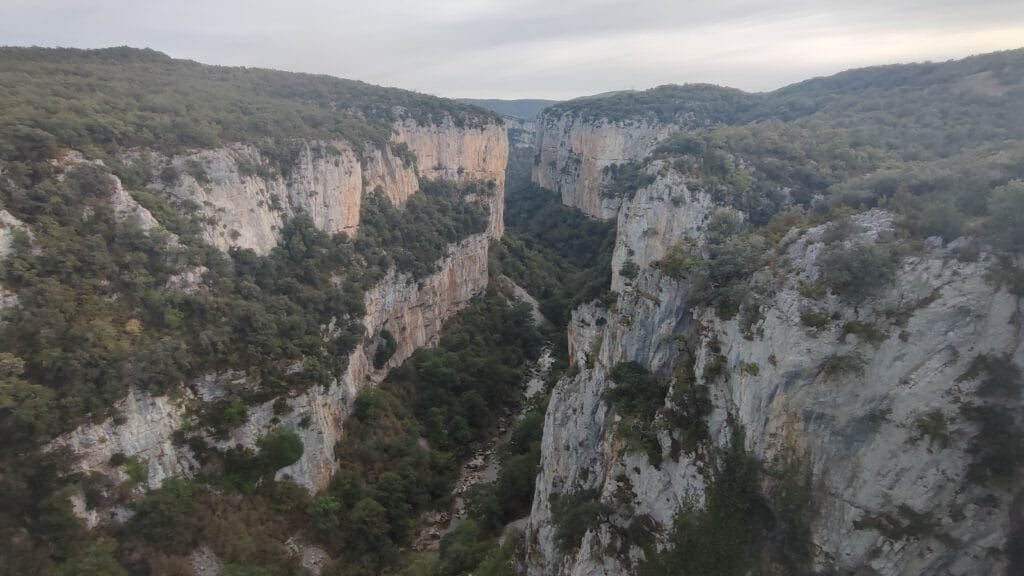
Final Thoughts
If you’re choosing between the French and Spanish sides of the Basque Pyrenees, our advice is simple: go Spanish.
Yes, the French side offers quicker access to the high mountains, but if you want smoother roads, friendlier drivers (!), and an all-around better experience, the Spanish Basque Country wins.
And if you’d like personal advice planning your trip or want us to make your itinerary, we’re just a call away. We’ll make sure you find the best climbs, personalised routes, and hidden corners the Pyrenees have to offer.

